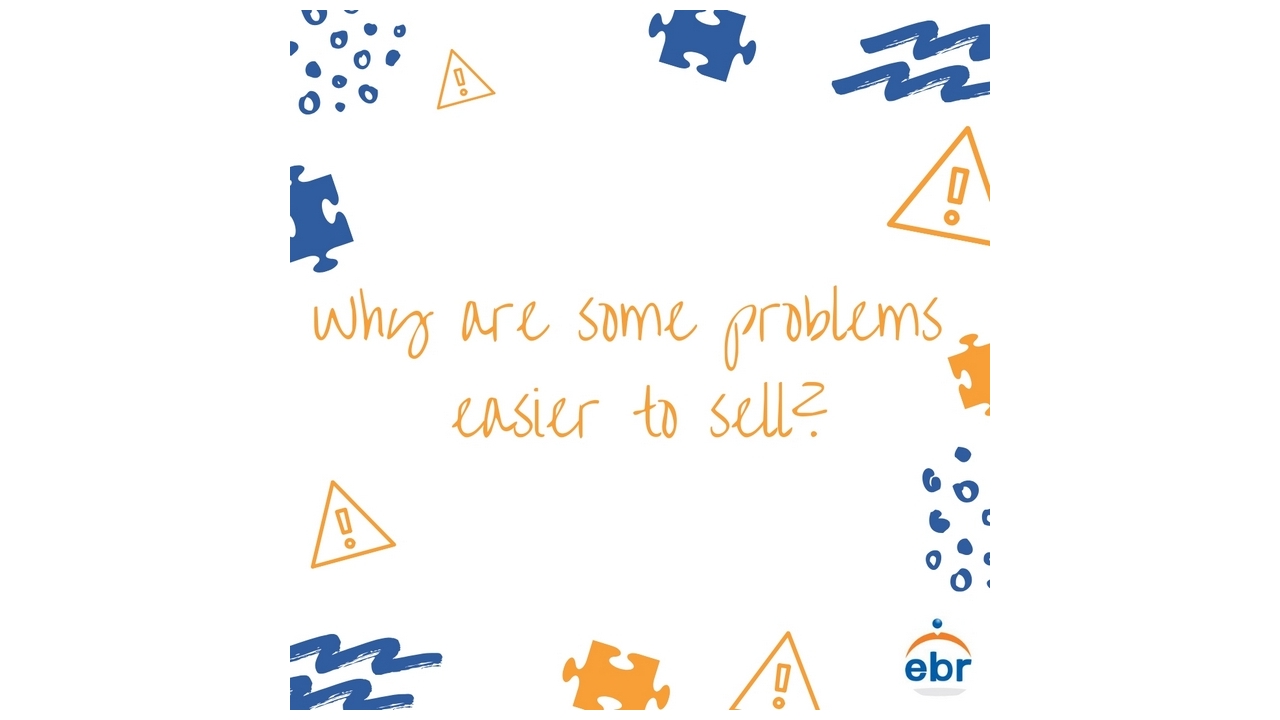Why Are Some Problems Easier To Sell?
Today’s blog will dive into a personal subject – solving problems. In order to solve a problem, you need to sell it first. To get it on the radar, and to have people devote time, resources and behaviour change to address it.
Interestingly, human beings are skewed to pay attention to problems that are…
Visible: Right in front of our eyes, not microscopic or far away.
Non-chronic: Rationalisation is our specialty, where we bargain them down the priority list.
Symptomatic: If the problem has symptoms, and the symptoms are painful and getting worse, you have our attention. Symptoms that are stable or getting better feel much less urgent.
Painful: Some problems have symptoms that aren’t so bad. And so we ignore them.
In our control: Helplessness is a feeling most people seek to avoid. The more certain the potential solution, the more likely it is people will acknowledge that there’s a problem.
Keep us from feeling stupid: Because we don’t like feeling stupid, so we’d rather ignore the problem.
Status-driven: Surprisingly, we like to focus our attention on things that will move us up the social hierarchy.
Expensive: Problems that cost us money right now means that it is urgent.
Solvable: If a problem doesn’t seem solvable, we’re a lot less likely to stake our attention on it.
If you’re working to sell a problem to your public, it’s tempting indeed to point out how shockingly irrational all of the instincts above are in practice. More effective, though, is to remarket your problem with a story that resonates.



